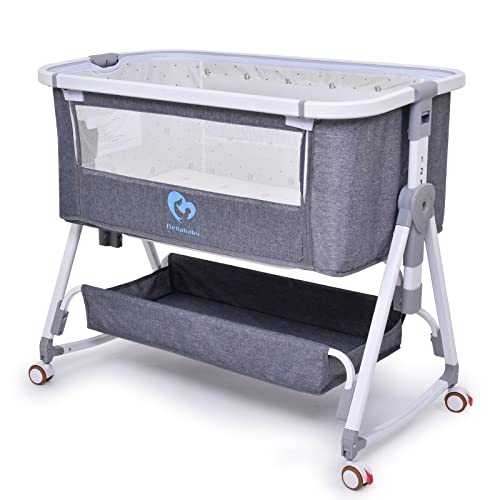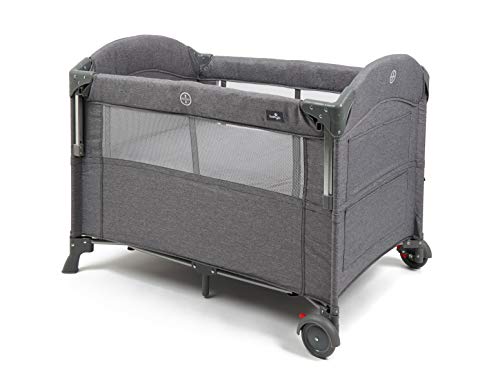
Tots and Cots: A Comprehensive Guide for Parents
When it pertains to making sure a safe and comfortable sleeping environment for children and toddlers, the choices parents make-- varying from cribs to cots-- can significantly affect their well-being. Today's post dives deep into the complexities of choosing the best sleeping plans for tots, highlighting security, style, performance, and how these choices progress as a child grows.
Comprehending Tots and Cots
Tots normally describe children, particularly toddlers aged in between 1 to 3 years, while cots are the sleeping arrangements particularly created for babies and toddlers. The proper sleeping devices for this age group includes various kinds of cots, cribs, and toddler beds.
Kinds of Cots
Different styles exist to meet the varied needs of both parents and kids. Below is a list outlining the most typical types of cots readily available:
Standard Crib
- A traditional crib is designed for infants and typically consists of sides that can be adapted to different heights.
Convertible Crib
- This kind of crib can transform into a young child bed, daybed, or full-sized bed as the kid grows, making it a long-lasting investment.
Portable Crib
- Likewise called travel cots, these are light-weight and easily collapsible, perfect for traveling or smaller home.
Co-Sleeper
- A co-sleeper crib connects to the side of the parents' bed, permitting simple gain access to while guaranteeing the baby has a different and safe sleeping space.
Toddler Bed
- A toddler bed is a small bed that looks like a standard bed however is developed specifically for young children, generally including security rails.
Mini Crib
- Mini cribs are smaller sized than standard cribs, making them an excellent option for tight areas, but they are ideal for infants only.
Security Considerations
Ensuring security is paramount when selecting a cot for a kid. Here are critical security standards moms and dads need to consider:
- Check for CPSC Certification: Ensure that the cot adheres to the Consumer Product Safety Commission (CPSC) requirements.
- Avoid Drop-Sides: Cots with drop-sides have been connected to security threats, and the most recent safety policies restrict them.
- Utilize a Firm Mattress: A firm bed mattress decreases the threat of suffocation and must fit snugly within the cot.
- Keep Bedding Simple: Use a fitted sheet and avoid pillows, comforters, and packed animals that can pose suffocation hazards.
- Follow Weight and Age Guidelines: Ensure the child has actually not exceeded the cot's weight limit and is still within the recommended age.
Transitioning from a Cot to a Toddler Bed
The transition from a cot to a toddler bed can be a psychological turning point for both moms and dads and children. Here are steps to alleviate the transition:
Timing
Choosing when to shift can be subjective, but it's usually suggested to make the switch between 18 months and 3 years, based on elements like:
- Physical Ability: If the child is climbing out of the cot.
- Potty Training: Consider transitioning if the kid is toilet training and needs simpler access.
- Habits: Exhibiting indications of maturity, such as following guidelines or revealing a desire for independence.
Tips for Making the Transition Smooth
Include Your Child: Let the child select their new bedding or bed design to impart excitement about the change.
Keep Routine Consistent: Maintain the child's bedtime routine to provide convenience during this duration of modification.
Explain the Change: Discuss the shift to a toddler bed positively, making it seem like a terrific adventure.
Safety Measures: Place the bed versus the wall or usage bed rails to prevent falling throughout sleep.
Selecting the Right Bed
When picking a young child bed, moms and dads need to consider aspects like:
- Height: Low-profile beds are perfect for toddlers who might fall out throughout sleep.
- Resilience: Ensure the bed can stand up to active play along with sleep.
- Style and Design: Choose a style that complements the kid's space and is interesting the kid.
Selecting the right cot for your kid can be a daunting process, but understanding the alternatives available, essential security considerations, and the best timing for transitioning to a young child bed can make this journey easier for moms and dads. Investing effort and time into these choices will ensure that your child has a safe, comfortable, and supporting sleep environment.
Frequently asked questions
1. What is the distinction in between a cot and a crib?
- A cot is normally a smaller bed designed for more youthful young children, while a crib is a larger bed that is usually ideal for babies up to 3 years old.
2. When should I move my child from a crib to a toddler bed?
- The shift time is typically between 18 months and 3 years; this change is based upon the child's physical abilities and behavioral signs.
3. How can I guarantee my child is safe while sleeping?

- Constantly comply with safety standards, utilize a firm bed mattress with an easy bed linen arrangement, and monitor the cot's weight limit.
4. What should I do if my kid attempts to climb up out of the Cot Styles?
- If your child is climbing out, it may be time to think about transitioning to a toddler bed to prevent falls.
5. Can I use the exact same bed mattress when transitioning?
- Generally, it is best to replace the crib bed mattress with one that is particular to the young child bed. Guarantee it fits comfortably and complies with safety standards.
By considering these elements, parents can model healthy sleep practices and offer their children with a protected environment that promotes peaceful sleep. Buying quality sleeping plans will contribute to the kid's total development and joy.
